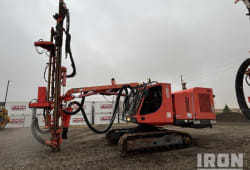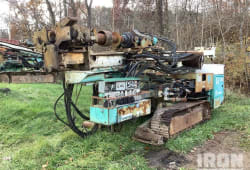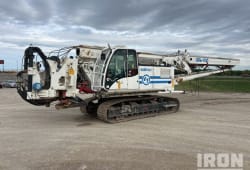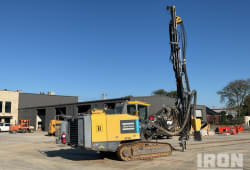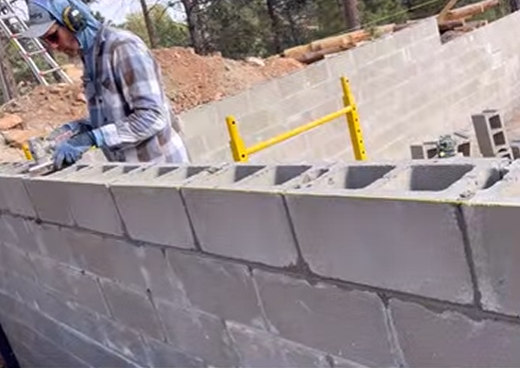Fence Construction Guide: Purpose, Process, Equipment & Temporary Options
4 Lectura mínima
)
agosto 14, 2025
Fence construction is a crucial aspect of property management, security, and construction site safety. Whether you’re building a permanent residential fence or a temporary barrier around a job site, understanding the purpose, process, and tools involved is essential. This guide walks you through everything you need to know about fence construction, from planning and installation to equipment and costs.
What Is Fence Construction?
Fence construction refers to the process of designing, preparing, and installing barriers that define property lines, provide privacy, enhance aesthetics, or ensure safety. Common fence materials include wood, vinyl, metal, and chain-link. Depending on the intended use, fences can be decorative or purely functional.
Fence Construction Purpose: Why Fences Matter
There are several reasons property owners and contractors install fences:
Security: Prevent unauthorized access to property or construction sites
Privacy: Block visibility into private areas like backyards
Property Boundaries: Clearly mark ownership lines
Safety: Protect people and pets from hazards, or safeguard construction zones
Containment: Keep animals within designated areas on farms or rural land
Understanding the fence construction purpose helps determine the best materials, height, and design for your specific needs.
Step-by-Step Guide: Fence Construction Process
:format(webp))
The steps in fence construction can vary slightly based on the type of fence, but the general process includes:
Planning and Measuring: Identify property lines and check local building codes or HOA regulations.
Selecting Materials: Choose from wood, vinyl, metal, or composite depending on your goals.
Marking Post Locations: Use string lines and markers to lay out where posts will be placed.
Digging Post Holes: Use a manual or powered post hole digger to reach appropriate depth.
Setting Posts: Place posts in holes, fill with concrete, and ensure they’re level and aligned.
Installing Rails and Panels: Attach horizontal rails, fence boards, or panels securely.
Finishing Touches: Apply stain, paint, or sealant for durability and aesthetics.
Equipment Used for Fence Construction
Successful fence installation requires the right equipment, including:
Post Hole Diggers: Manual or powered augers for digging holes
Concrete Mixers: For setting fence posts securely
Levels and String Lines: To maintain straight and even lines
Power Drills and Nail Guns: For fastening rails and panels
Safety Gear: Gloves, goggles, and ear protection during installation
Investing in or renting the correct equipment can make the job faster, safer, and more precise.
Temporary Construction Fence: What You Need to Know
Temporary construction fences are essential for site safety and compliance. They serve to:
Restrict access to hazardous zones
Comply with legal requirements for job site fencing
Protect pedestrians and property from construction debris
Materials for temporary fences often include chain-link panels, plastic mesh barriers, and steel posts. These fences are typically rented from suppliers and can be quickly installed and removed. Make sure your temporary fence meets local regulations for height, visibility, and stability.
Cost Considerations in Fence Construction
Fence construction costs vary based on materials, labor, and size:
Wood Fencing: $15-$30 per linear foot
Vinyl Fencing: $20-$40 per linear foot
Chain-Link Fencing: $10-$20 per linear foot
Temporary Fencing: $1-$5 per linear foot per month (rental)
Additional costs include permits, equipment rentals, and landscaping adjustments. Budgeting for unexpected expenses is always wise.
Tips for a Successful Fence Project
Survey your property to avoid boundary disputes
Check local codes and HOA rules before construction
Choose the right materials for climate and maintenance preferences
Hire a professional if you're unsure about DIY installation
Maintain your fence regularly to extend its life
Conclusion
Fence construction plays a vital role in property protection, aesthetics, and safety. Whether you’re building a permanent boundary fence or installing a temporary construction barrier, understanding the purpose, steps, equipment, and cost involved is key to a successful project. Plan carefully, use the right tools, and always prioritize safety and compliance for the best results.


